Letting art do the work that science cannot: Bonanza Creek’s In a Time of Change program
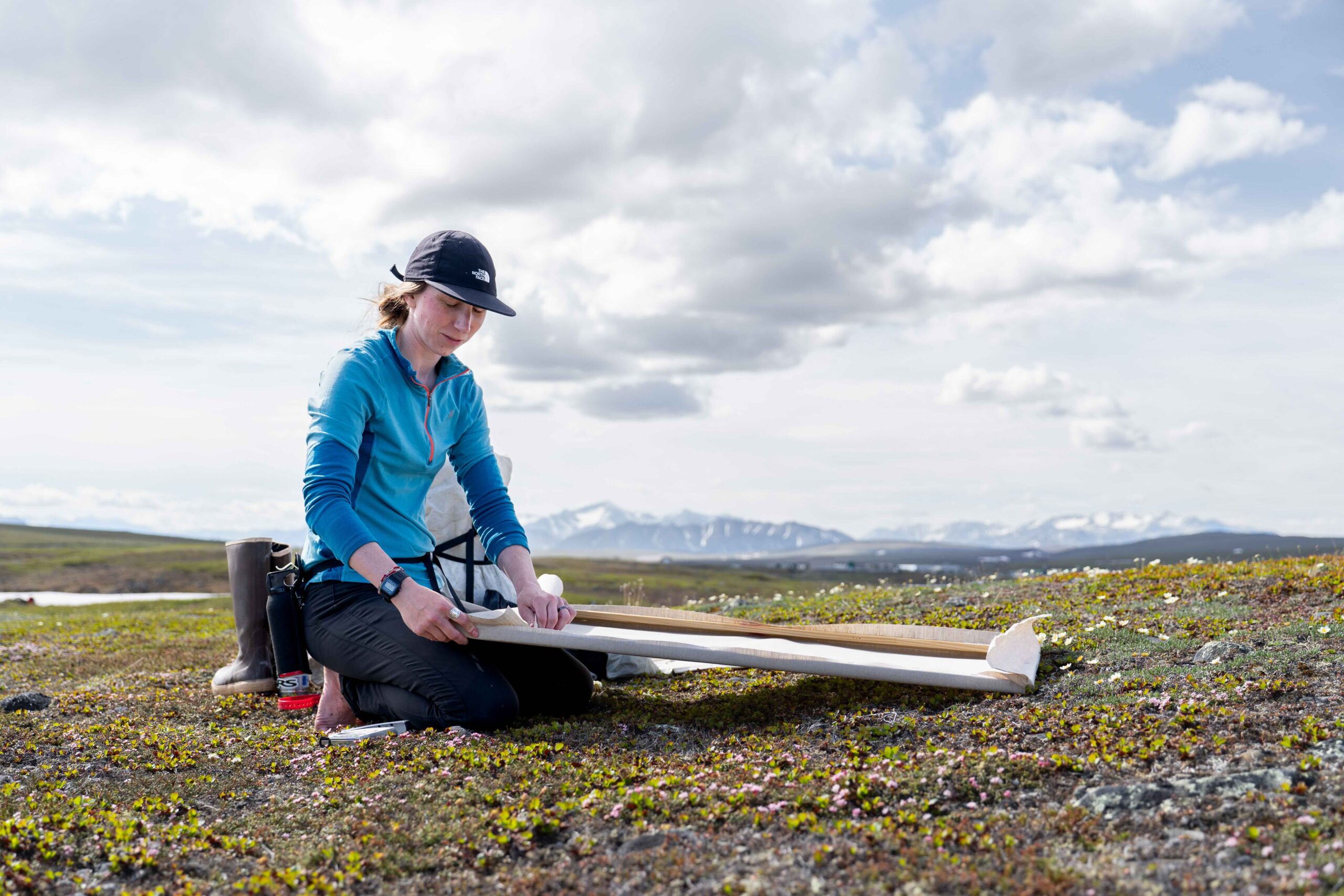
The In a Time of Change program at the Bonanza Creek LTER brings together artists and scientists to generate new ways of understanding nature.

The In a Time of Change program at the Bonanza Creek LTER brings together artists and scientists to generate new ways of understanding nature.
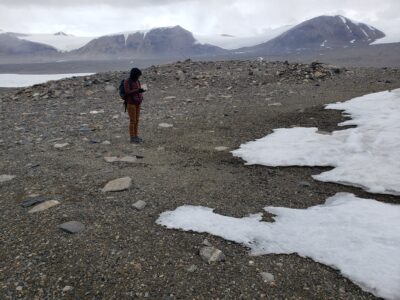
Remote sensing with field validation can accurately predict biocrust abundance in the Dry Valleys of Antarctica.
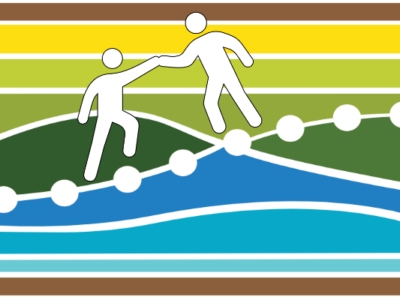
The Entering Mentoring program is an evidence-based mentoring approach specifically tailored to STEMM researchers. The LTER Network is piloting an in-network offering of this workshop series. Why Effective mentorship can set both mentees and mentors up for success, from small projects all the way through careers. Mentors will develop skills for engaging in productive and… Read more »
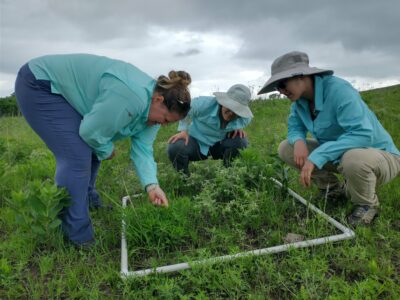
The CoRRE Working Group continues to develop new ways to study plant community change across the globe.
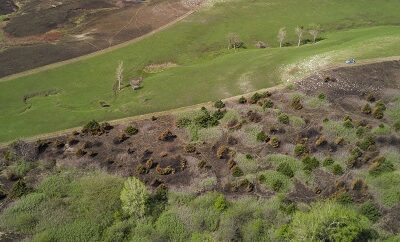
by Dante Capone, PhD Student at the Scripps Institute of Oceanography and the California Current Ecosystems LTER Invasion of woody shrubs into grasslands disrupts the water cycle, with cascading effects on the ecosystem and conservation. A Prairie Transformed: The Puzzle of Vanishing Water In the tallgrass prairie of Kansas’ Konza Prairie LTER, rain filters through… Read more »
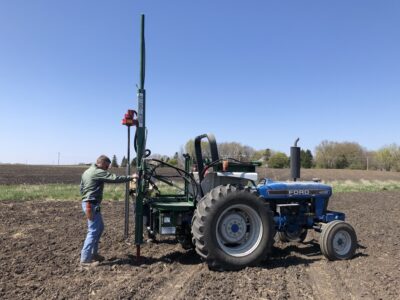
Strips of native prairie planted within agricultural monocrops are not an “ecological trap” for native pollinators, but also do not reduce the runoff of insecticides that may pose a threat.
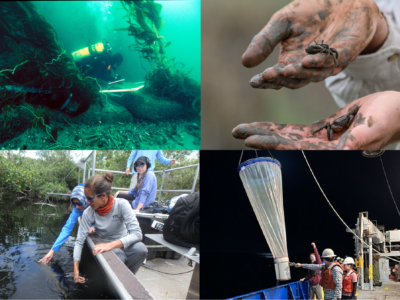
Marine LTER sites come together to synthesize how consumer-mediated nutrient dynamics are changing throughout time and in response to disturbances.
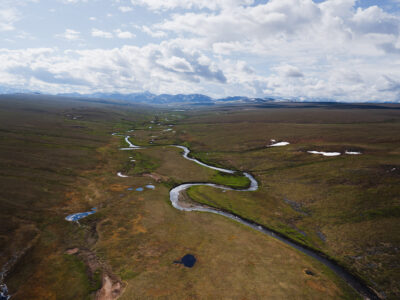
An experiment at treeline, one on the tundra, one in the Kuparuk. Each has provided researchers with valuable truths about how each Arctic system responds to change.

Bonanza Creek was quick to remind me of its true nature: everything about its ecology follows the flame.

Grad student Nick Link spent two days in Utqiaġvik, Alaska with BLE LTER experiencing research on the Arctic coast.